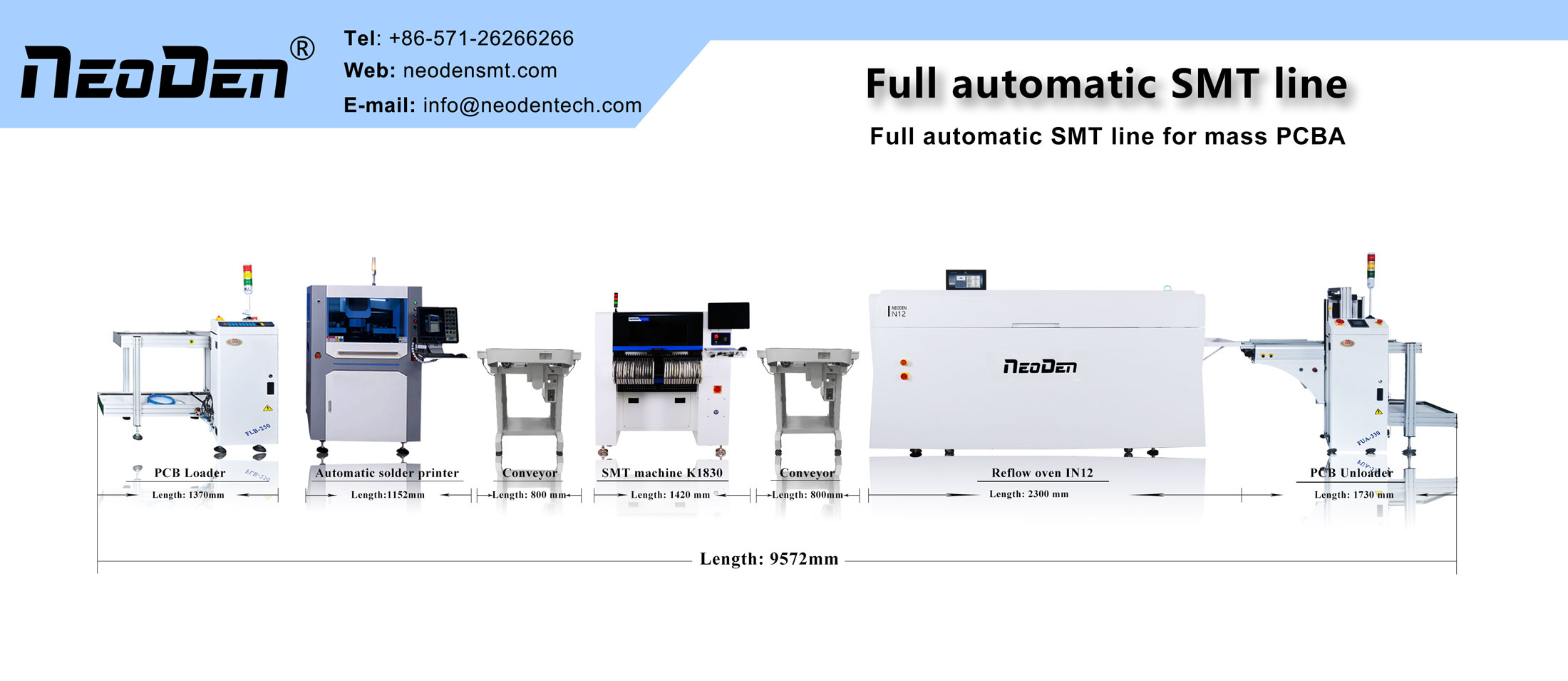Summary of crystal oscillator
Crystal oscillator refers to the wafer cut from a quartz crystal according to a certain azimuth Angle, quartz crystal resonator, referred to as quartz crystal or crystal oscillator; The crystal element with IC added inside the package is called crystal oscillator. Its products are generally packaged in metal cases, but also in glass cases, ceramics or plastic.
Working principle of crystal oscillator
Quartz crystal oscillator is a resonant device made of piezoelectric effect of quartz crystal. Its basic composition is roughly as follows: From a quartz crystal according to a certain azimuth slice, coated with silver layer on its two corresponding surfaces as electrodes, welded a lead wire on each electrode is connected to the pin, coupled with the package shell constituted a quartz crystal resonator, referred to as quartz crystal or crystal, crystal vibration. Its products are generally packaged in metal cases, but also in glass cases, ceramics or plastic.
If an electric field is applied to the two electrodes of a quartz crystal, the chip deforms mechanically. Conversely, if mechanical pressure is applied on both sides of the chip, an electric field will be generated in the corresponding direction of the chip. This physical phenomenon is called piezoelectric effect. If alternating voltages are applied to the two poles of the chip, the chip will generate mechanical vibrations, which in turn will generate alternating electric fields.
In general, the amplitude of the mechanical vibration of the chip and the amplitude of the alternating electric field is very small, but when the frequency of the applied alternating voltage is a specific value, the amplitude increases significantly, much larger than that of other frequencies, this phenomenon is called piezoelectric resonance, which is very similar to the resonance of the LC circuit. Its resonant frequency is related to the cutting mode, geometry and size of the chip.
When the crystal does not vibrate, it can be regarded as a flat capacitor called electrostatic capacitance C, and its size is related to the geometric size of the chip and the area of the electrode, generally about a few skin method to dozens of skin method. When the crystal oscillates, the inertia of the mechanical vibration is equivalent to the inductance L. Generally, L values range from tens to hundreds of degrees. The elasticity of the chip can be equivalent to capacitance C, which is very small, usually only 0.0002 ~ 0.1 picograms. The loss caused by friction during wafer vibration is equivalent to R, which has a value of about 100 ohms. Because the equivalent inductance of the chip is very large, and C is very small, R is also small, so the quality factor Q of the circuit is very large, up to 1000 ~ 10000. In addition, the resonant frequency of the chip itself is basically only related to the cutting mode, geometry and size of the chip, and can be done precisely, so the oscillator circuit composed of quartz resonators can obtain high frequency stability.
Computers have a timing circuit, and although the term “clock” is commonly used to refer to these devices, they are not actually clocks in the usual sense. They might be better called timers. A computer’s timer is usually a precisely-machined quartz crystal that oscillates within its tension limits at a frequency that depends on how the crystal itself is cut and how much tension it is subjected to. There are two registers associated with each quartz crystal, a counter and a hold register. Each oscillation of the quartz crystal decreases the counter by one. When the counter decreases to 0, an interrupt is generated and the counter reloads the initial value from the hold register. This approach makes it possible to program a timer to generate 60 interrupts per second (or at any other desired frequency). Each interruption is called a clock tick.
In electrical terms, crystal oscillator can be equivalent to a two-terminal network of a capacitor and a resistor in parallel and a capacitor in series. In electrical engineering, this network has two resonance points, which are divided into high and low frequencies. The lower frequency is series resonance, and the higher frequency is parallel resonance. Due to the characteristics of the crystal itself, the distance between the two frequencies is quite close. In this very narrow frequency range, the crystal oscillator is equivalent to an inductor, so as long as the two ends of the crystal oscillator are connected in parallel with appropriate capacitors, it will form a parallel resonance circuit. This parallel resonant circuit can be added to a negative feedback circuit to form a sinusoidal oscillation circuit. Because the frequency range of crystal oscillator equivalent to inductance is very narrow, the frequency of this oscillator will not change much even if the parameters of other components vary greatly.
Crystal oscillator has an important parameter, that is the load capacitance value, select the parallel capacitance equal to the load capacitance value, can get the nominal resonance frequency of crystal oscillator. General vibration crystal oscillation circuit are at opposite ends of an inverting amplifier connected to the crystals have two capacitance receives the ends of the crystals, respectively each capacitance on the other side of the receiving, the capacity of the two capacitors in series value should be equal to the load capacitance, please pay attention to general IC pins have the equivalent input capacitance, this can’t be ignored. Generally, the load capacitance of crystal oscillator is 15 or 12.5 skin. If the equivalent input capacitance of component pins is considered, the oscillation circuit of crystal oscillator composed of two 22 skin capacitors is a better choice.
Post time: Oct-20-2021

